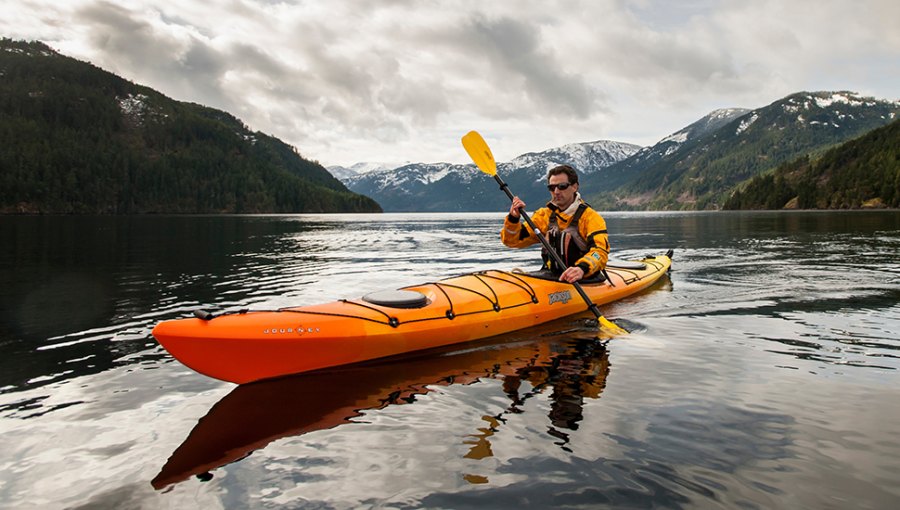Kayaks have been increasingly popular because of their affordable cost, simplicity of travel, pitching flexibility, stealth, gear possibilities, and relatively shallow penetration. Besides, they also constitute a much sought-after activity, kayaking. If you’re on the lookout for kayaks, take a cue from the pointers listed below for an informed purchase:
Stability: If you don’t like swimming, steadiness is essential. The boat must not be “tippy” due to the requirement to twist and pivot to cast and land fish. Suppose you want to take a stand when fishing, steer clear of V-shaped boats, which are prone to tipping. Check for a trench or a vessel with a flat bottom. A large kayak’s minimum thickness is around 60 m or 78 cm – more is preferable. A slow boat will be prominent and short. Shorter kayak boats may also be readily thrown about by waves, which you’ll realise the very first time a fast speed boat creates a large wake. On the other hand, bigger kayak boats slice through the water more smoothly, which is why touring kayakers are long and slim. As a result, choose the appropriate length and boat type for durability and determine the most extensive model you can handle.
Type: Despite the fact that a competent kayak is significantly less expensive than a speedboat, sophisticated versions may be rather costly, costing upwards. They are broadly divided into two types: those that sit within and those on top. Because water will remain indoors until the kayak is empty, it is challenging to come back if overturned, and cargo capacity is minimal. Sit-in boats are a weird choice. The ideal option is a sit-on-top kayak because any water from waves or flipping fish drains swiftly via the vent openings at the base. Their open floor enables simple storage access and space to place equipment on utility tracks, such as a paddle finder.
Accessory & Transportation: Kayaks get bulkier as more amenities are added. Check to see if the kayak can accommodate accessories. It should have enough room for multipurpose tracks to connect holders, trout finders, cupholders, mounts, and other fun gear. Besides, it is also crucial even before you acquire a kayak, be sure you know how you’ll transport it. Will it fit atop your car’s ceiling? Do you have anything in the back of your truck? Is it necessary to purchase a trailer? Never put your life on the line!
General Comfort: It is an ideal scenario if you can opt for a kayak demo if feasible and pedal in a variety of kayaks to get the most incredible comfort and safety. Make sure you have enough legroom. Check if the seat adjusts so that you may paddle or cycle with your knees slightly bent. Because you’ll be seated on this seat for hours on end, sink your back into it to make sure it’s comfortable. The seating should ideally be raised to keep your backside dry, even above the splashing water into the kayak.
With kayaks, you’ll be making a significant investment, and you certainly want to be satisfied with your decision. Once you’ve decided on a type, you’ll need to choose a paddle. It would be ideal if you also spent some time learning the fundamentals of kayaking, such as how to release a kayak, pedal, and maneuver.





